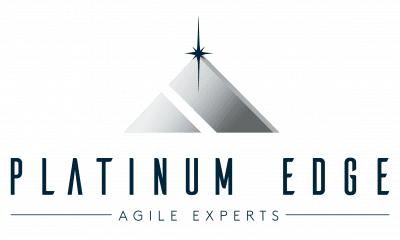Despite rigorous planning and extensive stakeholder input, projects remain unpredictable beasts. Change is often the only constant.
As an executive team, it can be hard to get the accurate information you need to make effective decisions. A project audit–or assessment, as we like to call them–can give you that valuable insight. It will also show the changes you need to make as an organization to improve project outcomes.
If you’re moving from waterfall to agile project management, an assessment will reveal how you can bridge the gap.
Look, with the dizzying pace of most projects, things get missed or forgotten. Important things, such as: what are we actually trying to achieve here? What does our customer truly want?
Again, an assessment of your current processes will highlight this. It can also show you how to build this into your agile process so it doesn’t get missed in future.
(Yep, it’s unpleasant medicine to take–but if taken early, the chances of recovery are good!)
The great thing is (and the redeeming factor for an overstretched project team) that a professional assessment provides exposure to improve project outcomes.
That’s why we do them. Project assessments expose risks to achieving desired project outcomes.
Project Assessment Example
Platinum Edge recently performed an independent assessment of a multimillion-dollar healthcare management system project that was stalled after 18 months. Using our (Platinum Edge) assessment methodology, we helped the client identify the root causes of their challenges.
They uncovered a growing collection of documentation but a lack of completed software. Despite project reports of 40% completion, we actually discovered that in terms of shippable functionality it was only 10% done.
With these discoveries, the client was able to implement widespread changes. Following our recommendations, they quickly got:
- accurate daily visibility of project progress
- a fully complete first release for deployment
- an empowered team focused on product development rather than project bureaucracy.
Benefits of Project Assessments
As you can see from this example, assessments bring the root causes of challenges into stark relief. It is best to do these early so that issues can be addressed while there is still enough runway to pivot and adapt. The advantages of this are invariably:
- Improved project performance
- Reduced cost
- When dealing with risks, the earlier they are discovered, the better the opportunity to avoid or mitigate them effectively
- Identify and avoid scope creep
- Avoid wasted time (& cost) on wild goose chases
- Better clarity and focus amongst project team members
- Improved relationship with the client
- Consolidate learning and carry that forward onto future projects
Project assessments provide the executive team with vital management information. This enables them not only to improve project outcomes but also to assess the continued feasibility of projects.
What is a Project Assessment Exactly?
In the context of projects, according to PMBOK (Project Management Body of Knowledge), an audit is:
“a structured independent review to determine whether project activities comply with organizational and project procedures and policies”
Audits are common on all major projects. They are also a great way to assess the effectiveness of project management in your organization.
If your organization is transitioning from waterfall to agile project management, an agile assessment is invaluable. It gives you accurate insight into what is actually happening and the root causes of project problems.
It’s incredibly common for organizations to think they’ve implemented agile principles and techniques, yet people are still mired in a waterfall mindset (we call this faux agile). If you want to uncover what is really behind challenges such as scope creep, delays or cost overruns – get a project assessment.
How to Successfully Set Up an Assessment
- Discuss with your executive team and decide if it is a single project or an organization-wide assessment that you want to undertake.
- Engage an expert external auditor
- Identify the challenges you see with the project or processes in question.
- Agree on scope and set relevant parameters for the assessment
- Communicate with the project team that an assessment will take place and that the assessor will be in touch with them directly.
How Does an Assessment Actually Work?
The goal of the assessment is to add business value. Assessment and audit methodologies vary, but in essence, our approach is:
- Setting expectations
- Research & observation
- Analysis & reporting
Industry best practice is for an external facilitator to perform the assessment. A person from outside the organization brings a fresh view and will not be impacted by team politics or culture. An external audit specialist brings expert skills and wide-ranging insights from multiple agile projects.
An assessment can be of a specific project, or of project management processes in the organization as a whole. Often organizations do this when they want to transition from waterfall to agile project management. This might be a proactive strategic choice or it could be in reaction to severe project challenges.
Let’s examine the three parts in more depth. Then, we’ll discuss finding the right auditor–or coach–for your team.
Part One: Setting Expectations
1. During this first phase of the assessment process, the assessor will liaise with the executive team. They want to understand their concerns and their view of the current challenges. They also want to get a clear idea of the executive team’s desired outcome and end-state.
2. Then the assessor will contact the project team. They’ll advise the project team of the upcoming assessment and ask for some initial information. They’ll also check that they’ll have access to the people, systems and artifacts impacting and impacted by the project throughout the audit. They might send questionnaires to key personnel to start their research.
3. From here, the assessor starts to piece together their understanding of the project and the organization, and sets a schedule for research and observation.
Phase Two: Research & Observation
This is the ‘live’ section of the assessment, to gain a true sense of what the current state of the project and organization really are. The assessor will be on-site with the project team(s), performing interviews and examining systems and artifacts. Their goal is to understand how projects are actually managed. They want to know what really goes on.
1. During the assessment, the coach will want to interview:
- Management (executives, directors, managers, supervisors) with a stake in the project
- Project Manager (if traditional project)
- Product Owner (if agile project)
- Sponsor
- Scrum Master (if agile project)
- Team members
- Organizational stakeholders
Interview questions are designed to help the assessor understand how the team works together, how they feel about their processes, what their expectations are from the assessment, how teams and leadership interact, organizational culture, sense of purpose and value being delivered in the project, true status of projects in progress, etc.
2. The coach will review all artifacts (charters, vision statements, traditional project management documents, agile artifacts, team agreements, quality standards, workflows, engineering practices, change controls, phase gates, promotion and deployment procedures, etc) and systems (project management tools, agile lifecycle management tools, testing, automation, etc).
3. The coach will also observe teams and leaders in action (meetings, working sessions, informal interactions, etc) to see how what they say, do and desire align with each other.
Phase Three: Analysis & Reporting
1. In the spirit of transparency to enable agility, our coaches will begin discussing initial findings with assessment sponsors to gather their feedback and assess how what has been found aligns with initial expectations and self-awareness.
2. The coach will take findings off site to organize findings and recommendations into a formal report that is holistic and digestible for the client.
3. The coach will end with a face to face presentation and discussion to help the client understand what was found and what the coach recommends based on client feedback and needs uncovered during the assessment and past experience helping other organizations work through similar issues. We call this an agile implementation strategy, which is outlined by an agile maturity roadmap.
This vital information provides the executive team and project team with transparency of true project status and options for course corrections both at the organization and team levels.
Assessment reports can be far-reaching in their findings, often prompting significant change in projects that are going off track to bring them back in line. The earlier these issues are identified, the better the opportunity to fix them.
Whilst the project team may groan at the initial prospect of an assessment, most forward-thinking and learning-oriented teams should welcome the opportunity it represents to improve project outcomes.
After the Assessment
The next step in the process after the assessment is complete is evangelize the findings throughout the project team and organization. In the case of an organization-wide assessment of project management processes, the executive team will be instrumental in implementing the agile maturity roadmap outlined in the agile implementation strategy.
Finding the Right Assessor/Auditor/Coach for Your Team
If your project or organization is experiencing significant challenges, such as cost or time overruns or inadequate quality of outputs–getting an assessment is a great place to start. A comprehensive assessment will reveal the root causes of the challenges so that you can take steps to fix them.
There is an enormous benefit in having an external coach, and similarly, there is a huge upside to having external specialists support you with implementing the assessment recommendations.
If your organization is moving from waterfall to agile project management, you need input from experienced agile professionals–people who have made the transition successfully before. In this instance, the assessor will also be the coach who supports your transition. Otherwise, as this Mr. Agile video explains, you’ll be playing the right game on the wrong turf.
The right coach will go further than implementing the nuts and bolts of agile project management. They will show you how to embed it in the culture. As we know from Peter Drucker ‘Culture eats strategy for breakfast‘, so getting the cultural piece right is crucial.
Moving from the waterfall command and control approach to an agile mindset is a massive cultural change. It requires support and inspirational leadership from the highest levels in the organization. It is a bold step to move to empirically based, self-organized and empowered teams. Thankfully, it is a step that will pay dividends in the long term.
Short term, however, there will be resistance to changing established methods. You can expect significant disruption if this is not managed well. If change is not deeply embedded there may well be a return to the status quo. This is one of the key reasons why the executive team need to take the lead. They must embrace the change and show that they are committed to learning the new ways too.
Finding a trusted partner who can help you negotiate your way through this maze of change is invaluable. It demonstrates to all staff that you are willing to seek external input to learn, so they will be open to it as well.
Arranging Your Project Assessment
As an expert in agile-based project management, Platinum Edge can support you on this daunting yet exciting journey with an initial project assessment. We offer comprehensive assessments, agile coaching, and scrum training services globally. Contact us today to discuss your project concerns, and let’s start getting things back on track.


